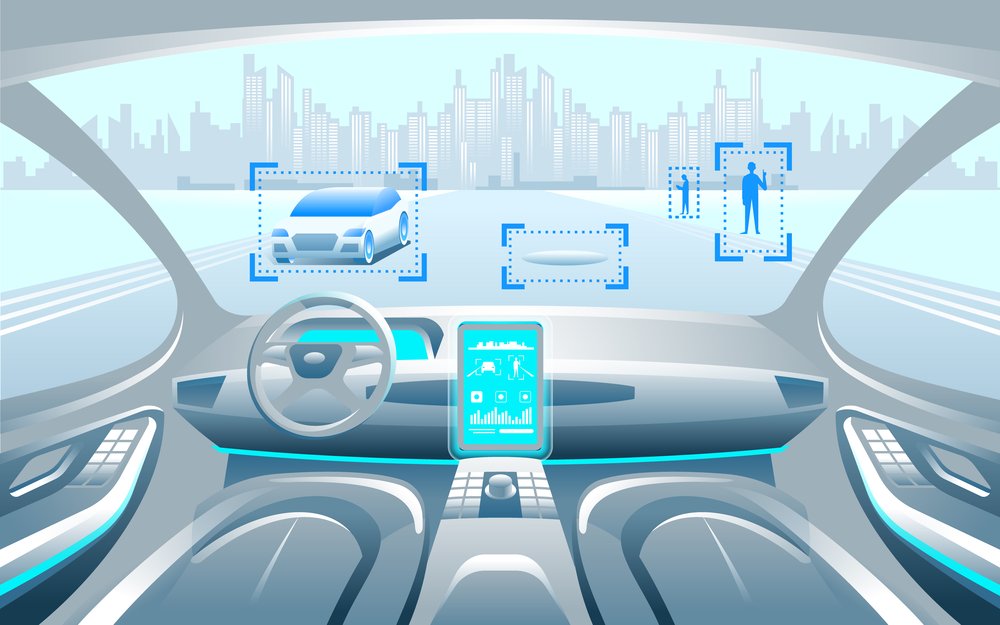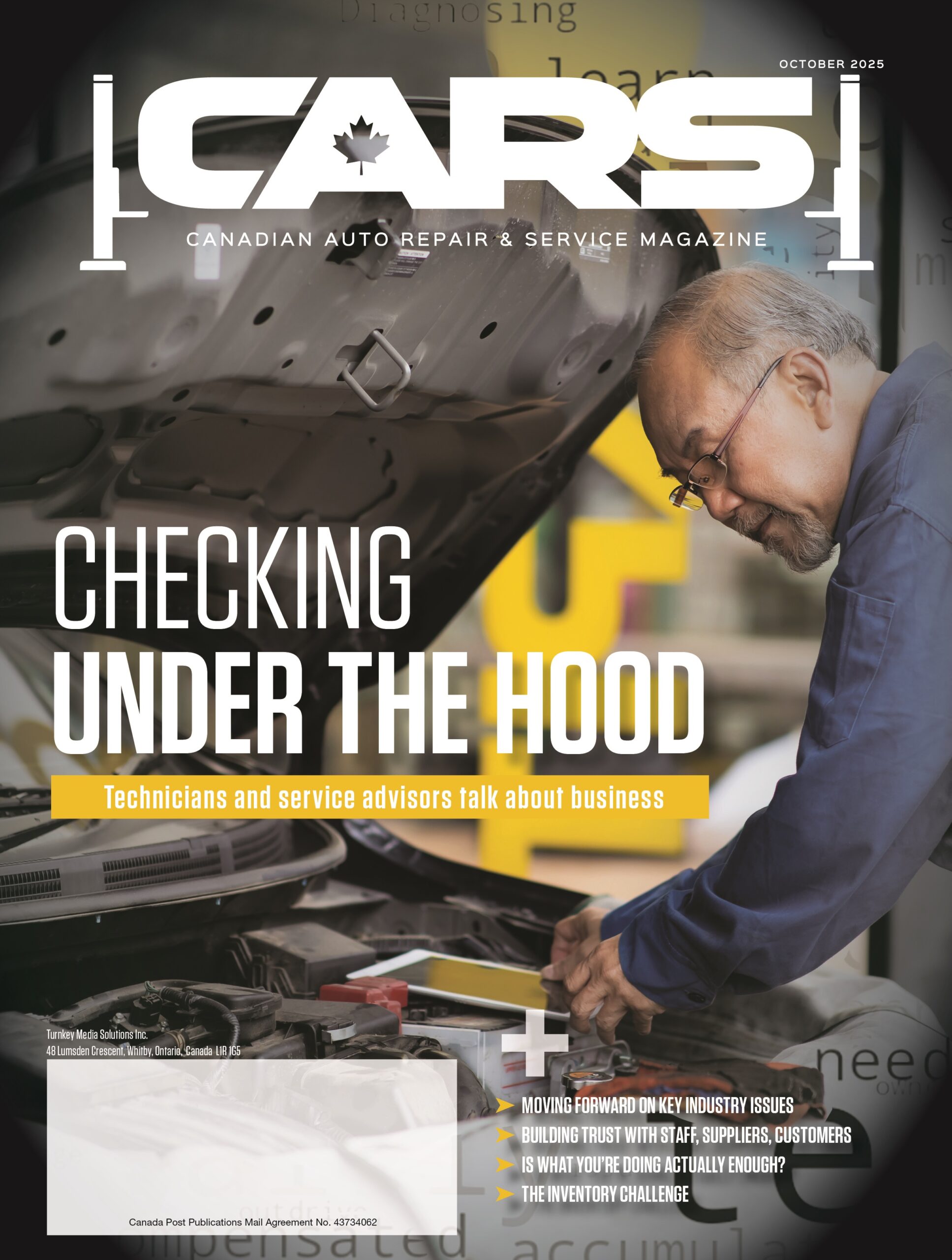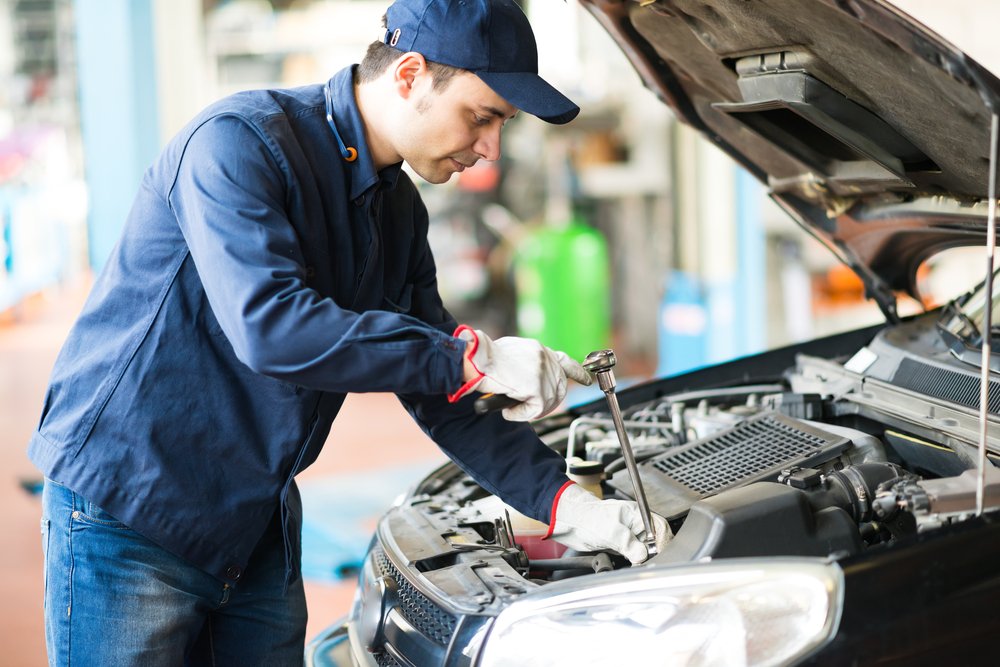
Recent crashes involving advanced driver assistance systems (ADAS) and robotaxis have sparked debate and media scrutiny, but they have done little to slow the technology’s rollout.
A recent report from Guidehouse Research noted that ADAS features such as lane-keeping assist, rearview cameras and automatic emergency braking have steadily gained ground over the past two decades, driven in part by regulatory mandates in the U.S. and Europe. These systems form the foundation for autonomous ride-hailing services, which are now operating in select cities worldwide.
Waymo, for example, is in five cities: Phoenix, San Francisco, Los Angeles, Atlanta and Austin. It’s launching or planning to launch in Miami, Dallas, Denver, Seattle, Washington, D.C. and Nashville in 2026. Mandated NHTSA reports on Waymo incidents show 47 injuries from 2021 to 2024, with three classified as serious.
“Rollouts of self-driving robotaxis, which use ADAS technology, have expanded significantly in the past several years, and now, in some cities around the world, an individual can organize a pickup, take a ride and drop off people, without anyone driving the car,” said Jake Foose, research analyst with Guidehouse Research. “However, these developments are not without issue, including crashes that have led to fatalities and intense media scrutiny.”
Despite these incidents, Guidehouse observed that the long-term outlook for ADAS and autonomous mobility remains strong. The report notes that investments in safety, transparency and infrastructure will shape the future more than isolated events.
Guidehouse recommended stricter regulations before deployment, including hardware and software redundancies, mandatory safety reporting and compliance standards. In markets where the adoption of robotaxis and ADAS remains low, the report suggested that automation could be applied to public transit as an alternative.
Image credit: Depositphotos.com













Leave a Reply